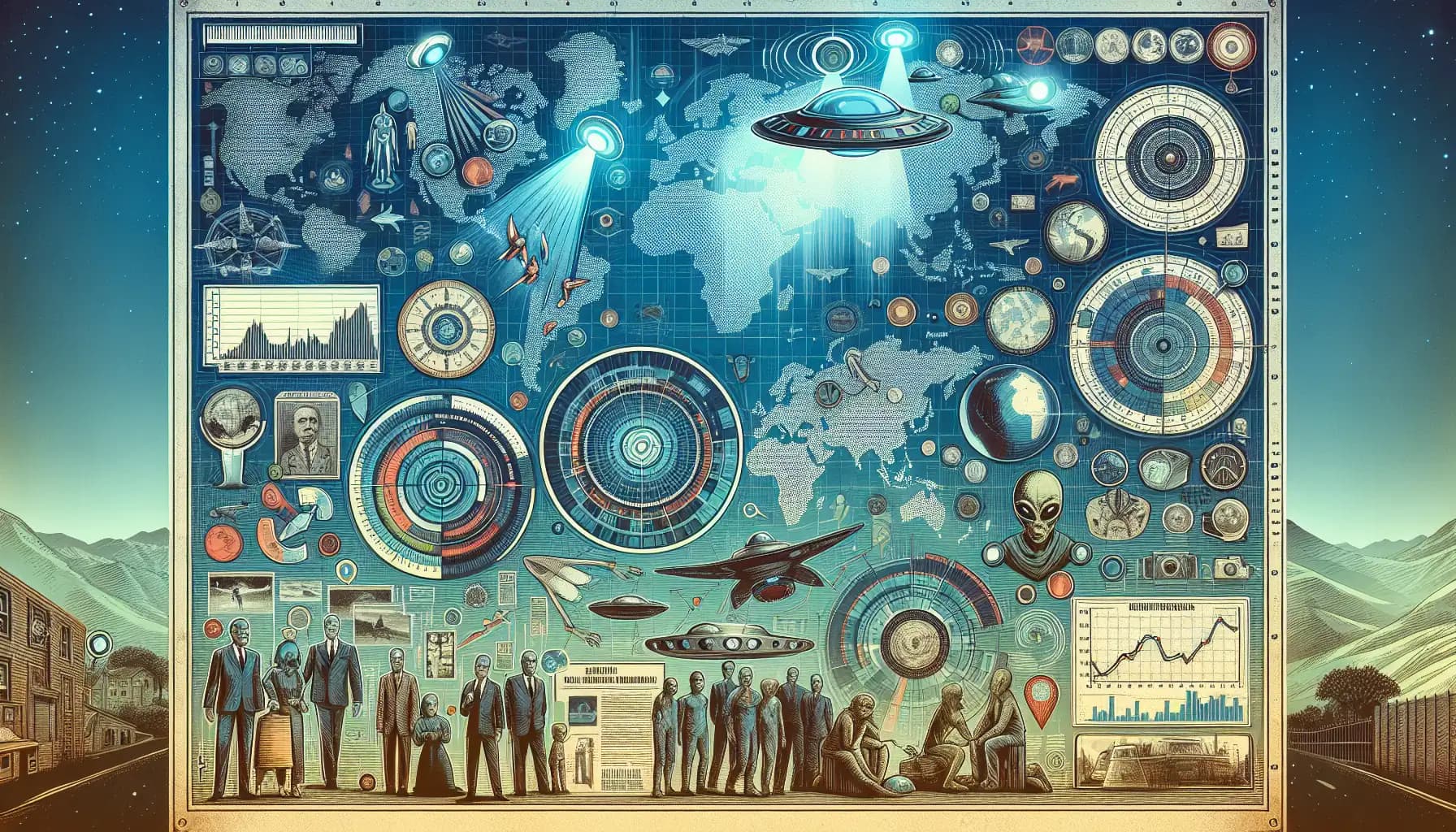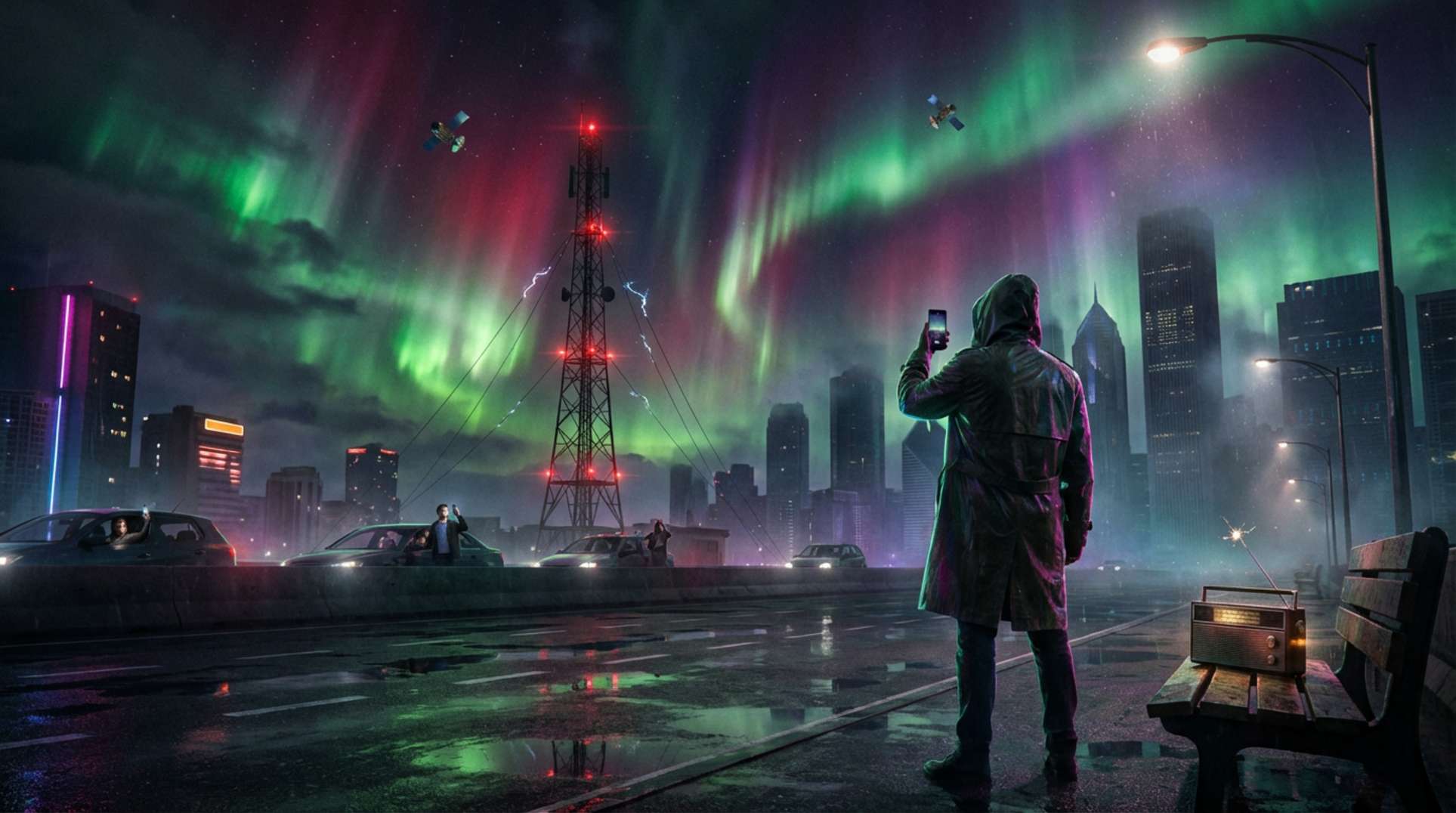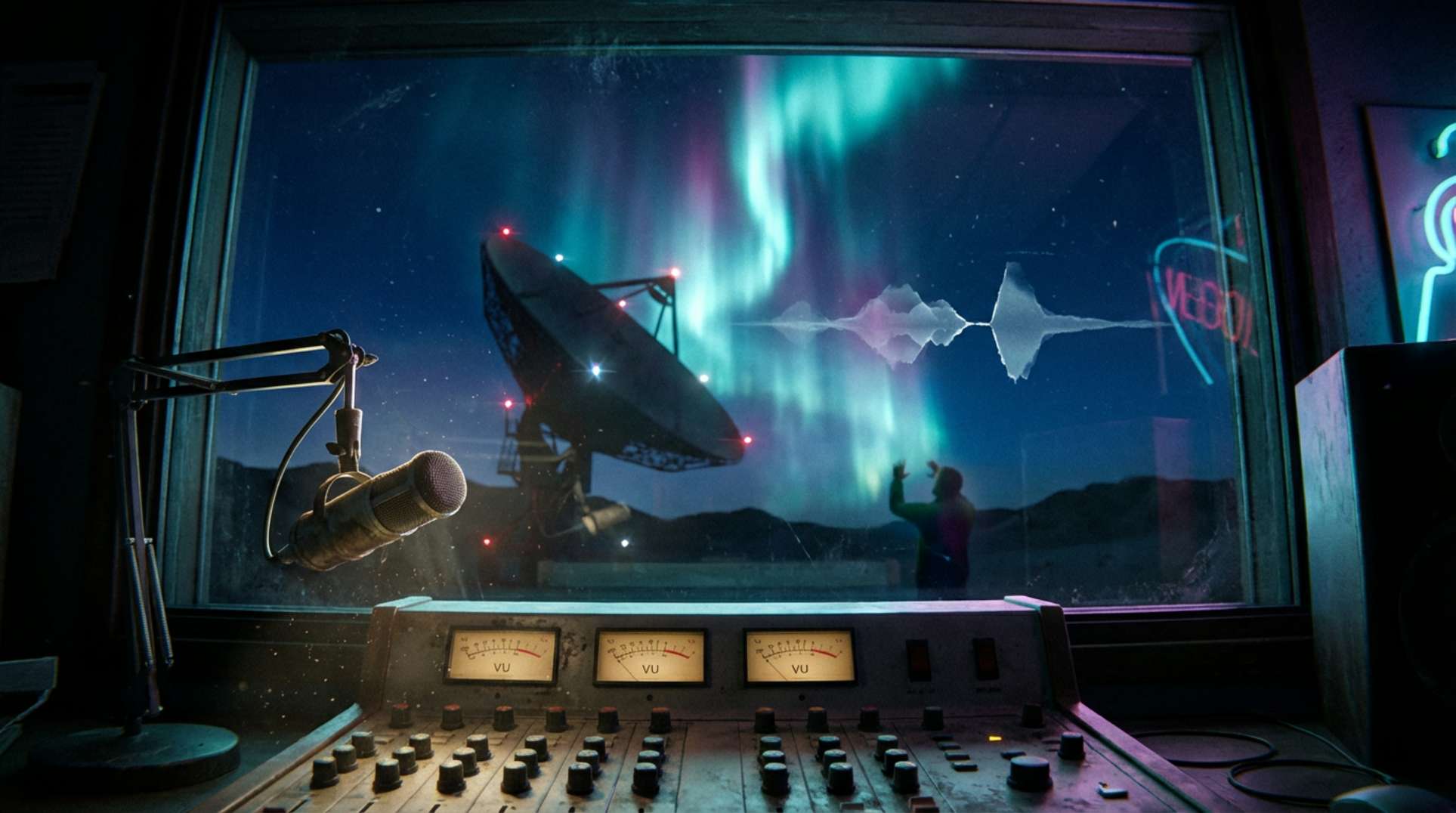The universe is a vast and complex place, filled with wonders and mysteries that continue to baffle scientists. In this exploration, we delve into the intriguing concepts of anti-dark matter and quasi-stars—objects that may have existed in the past or could emerge in the future. These ideas challenge our understanding of cosmic evolution and the fundamental nature of matter.
Key Takeaways
- Quasi-stars may have existed in the early universe, potentially leading to the formation of black holes.
- Dark matter’s role in stellar evolution remains largely unknown, but it could influence the behavior of neutron stars.
- Primordial black holes are candidates for dark matter and may leave unique geological evidence on celestial bodies like the moon.
The Fate Of Stars
The universe is comfortably familiar in many ways. We have our sun, a star that will eventually transition through various phases: from a red giant to a white dwarf, and ultimately to a black dwarf. This final stage, a permanent cinder with no residual heat, has never been observed because the universe isn’t old enough for any white dwarfs to have cooled down completely.
The Concept Of Quasi-Stars
One fascinating object that may have existed in the early universe is the quasi-star. These stars formed under conditions vastly different from today. When the first stars were born, a protostar could gain enough mass to collapse into a black hole. Unlike modern supernovae, the outer layers of these stars might have absorbed the shock of this collapse, allowing them to remain intact.
- Formation Conditions: The early universe was primarily composed of hydrogen and helium, with no heavier elements. This lack of contamination is crucial for understanding the formation of quasi-stars.
Population III Stars
Quasi-stars may be examples of Population III stars, which are long extinct. These stars went supernova, enriching the universe with heavier elements. The James Webb Space Telescope aims to glimpse these ancient stars, potentially revealing insights into the universe’s early history.
The Role Of Dark Matter
Dark matter’s influence during the formation of quasi-stars is still a mystery. The early universe was compact, with significant gravitational forces at play. Dark matter, which exerts gravity, may have played a role in the formation of these unique stars. However, the exact nature of dark matter remains elusive.
Neutron Stars And Dark Matter
Neutron stars, often considered the remnants of massive stars, may also hold clues about dark matter. These incredibly dense objects could trap dark matter particles, leading to potential annihilation and heat production. This raises the question: Does dark matter interact with itself?
- Key Considerations:
- Neutron stars could act as laboratories for studying dark matter.
- If dark matter is its own antiparticle, neutron stars might produce heat through annihilation processes.
The Search For Primordial Black Holes
Another intriguing possibility is the existence of primordial black holes formed in the early universe. These tiny black holes could account for dark matter and may have left unique geological signatures on celestial bodies like the moon.
- Potential Evidence:
- Researchers are looking for small craters on the moon that differ from typical asteroid impacts.
- These craters could indicate past interactions with primordial black holes.
Conclusion
The exploration of anti-dark matter and quasi-stars opens up new avenues for understanding the universe. While many questions remain unanswered, ongoing research and advanced telescopes like the James Webb Space Telescope may soon provide the insights needed to unravel these cosmic mysteries. As we continue to study the universe, we may find that the answers to our questions are as fascinating as the questions themselves.




